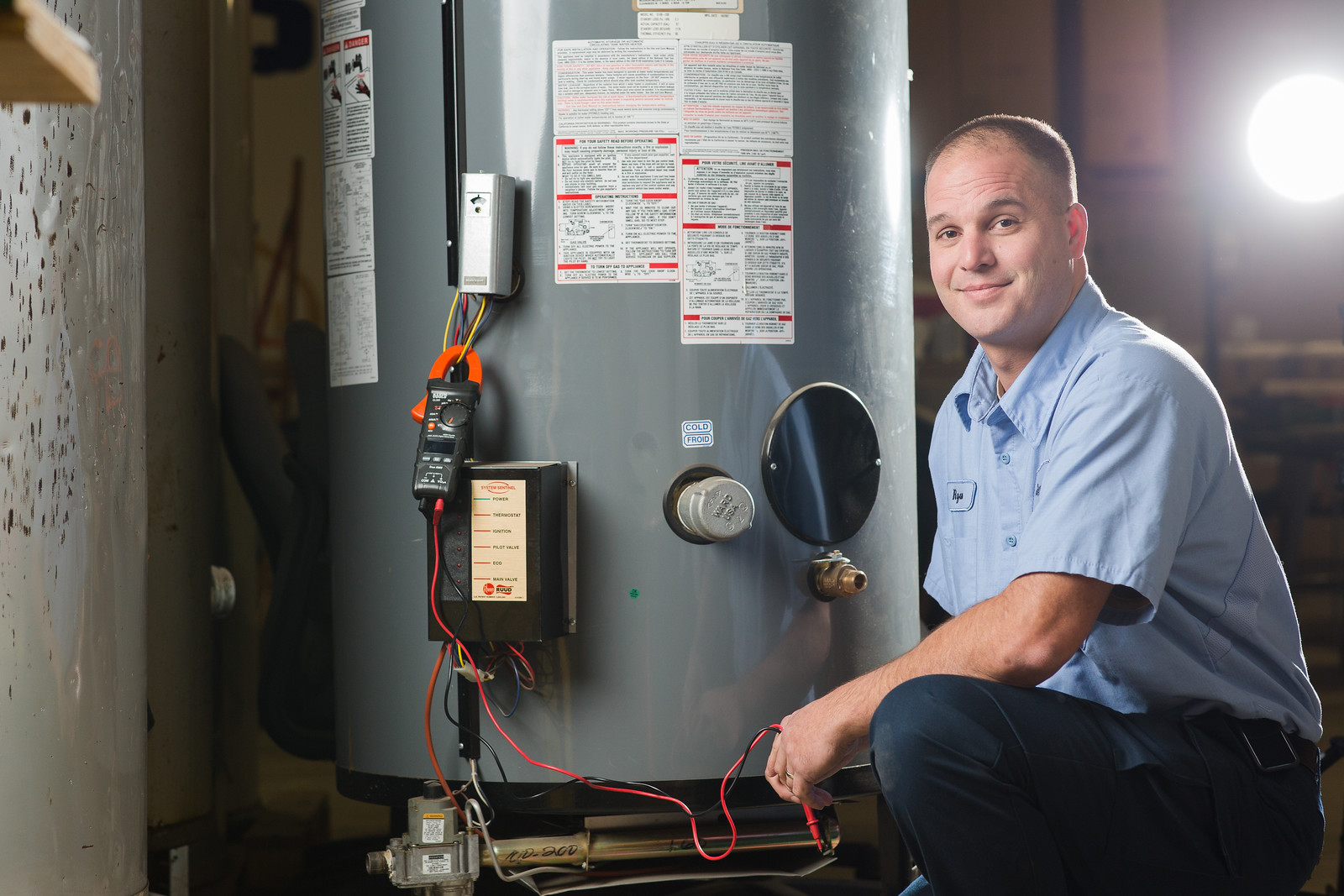How to Maintain Your Home's Hot Water System Effectively
How to Maintain Your Home's Hot Water System Effectively
Blog Article
The article down below in relation to How to Maintain Your Water Heater & Prolong its Life is absolutely motivating. Don't overlook it.

Hot water is important for day-to-day convenience, whether it's for a revitalizing shower or washing recipes. To guarantee your hot water system runs successfully and lasts longer, normal maintenance is essential. This write-up gives practical pointers and understandings on how to keep your home's warm water system to stay clear of disturbances and costly repair work.
Intro
Preserving your home's hot water system may seem daunting, however with a couple of simple actions, you can ensure it runs efficiently for years to come. This overview covers everything from recognizing your warm water system to DIY maintenance pointers and understanding when to call in expert help.
Value of Maintaining Your Hot Water System
Normal maintenance not just extends the lifespan of your warm water system but likewise guarantees it operates effectively. Neglecting upkeep can result in reduced efficiency, higher power bills, and even early failure of the system.
Indications Your Warm Water System Needs Upkeep
Knowing when your warm water system requires focus can avoid significant issues. Watch out for indicators such as inconsistent water temperature level, strange noises from the heating unit, or corroded water.
Comprehending Your Warm Water System
Prior to diving right into maintenance jobs, it's handy to understand the basic elements of your hot water system. Normally, this consists of the water heater itself, pipes, anode rods, and temperature level controls.
Month-to-month Upkeep Tasks
Normal month-to-month checks can help catch small problems prior to they intensify.
Purging the Hot Water Heater
Purging your hot water heater removes sediment buildup, improving efficiency and extending its life.
Monitoring and Changing Anode Rods
Anode poles protect against corrosion inside the tank. Checking and changing them when worn is vital.
Evaluating and Readjusting Temperature Level Settings
Changing the temperature settings ensures optimal performance and safety.
DIY Tips for Upkeep
You can execute a number of maintenance tasks on your own to keep your warm water system in leading problem.
Checking for Leaks
Frequently examine pipes and connections for leakages, as these can bring about water damages and higher bills.
Checking Stress Relief Valves
Evaluating the pressure safety valve ensures it functions properly and avoids excessive stress build-up.
Protecting Pipes
Insulating hot water pipelines lowers warm loss and can save power.
When to Call a Professional
While do it yourself maintenance is beneficial, some concerns need professional expertise.
Facility Problems Requiring Professional Aid
Examples consist of major leakages, electric problems, or if your water heater is consistently underperforming.
Routine Expert Upkeep Conveniences
Expert upkeep can include complete inspections, tune-ups, and making certain compliance with safety criteria.
Conclusion
Normal upkeep of your home's hot water system is important for performance, durability, and price savings. By adhering to these suggestions and knowing when to look for professional assistance, you can ensure a trusted supply of hot water without unanticipated disruptions.
How to Maintain an Instant Hot Water Heater
Before tinkering with your hot water heater, make sure that it’s not powered on. You also have to turn off the main circuit breaker and shut off the main gas line to prevent accidents. Also turn off the water valves connected to your unit to prevent water from flowing into and out of the appliance. 2. When you’re done, you have to detach the purge valves’ caps. These look like the letter “T†and are situated on either side of the water valves. Doing so will release any pressure that has accumulated inside the valves while at the same time avoid hot water from shooting out and burning your skin. 3. When the purge valves’ caps are removed, you have to connect your hosing lines to the valves. Your unit should have come with three hoses but if it didn’t, you can purchase these things from any hardware or home repair shops. You can also get them from retail stores that sell water heating systems. Read the user’s manual and follow it to complete this task properly. When the hosing lines are connected, open the purge port’s valves. 4. You should never use harsh chemical cleaners or solutions when cleaning your unit. Make use of white vinegar instead. It should be undiluted and you’ll probably use about 2 gallons. 5. Now flush your water heater. This task should probably take about 40 minutes. We can’t give you specific directions for this because the procedure is carried out depending on the type, model and brand of your heater. With that being said, refer to the user’s manual. 6. When you’re done draining the unit, you have to turn off the purge port valves again. Remove the hosing lines that you earlier installed on each of the water valves. Put the valve caps (purge port) back in their respective places and be very careful so as not to damage the rubber discs that are found inside these caps. 7. Now that everything’s back in place, check your user’s manual again to find out how to reactivate your water heating system. 8. Once it is working, turn one of your hot water faucets on just to let air pass through the heater’s water supply pipes. Leave the tap on until water flows smoothly out of it. https://www.orrplumbing.com/blog/2014/september/how-to-maintain-an-instant-hot-water-heater/
:max_bytes(150000):strip_icc()/how-to-drain-a-water-heater-2719055-hero-35f0548b0f1f42f0b13ba96a33ab8da2.jpg)
As a devoted reader on Tips For Maintaining Your Hot Water Heater, I assumed sharing that segment was a good thing. Do you know about anybody else who is very much interested in the topic? Feel free to promote it. We truly appreciate your readership.
Free Estimate Report this page